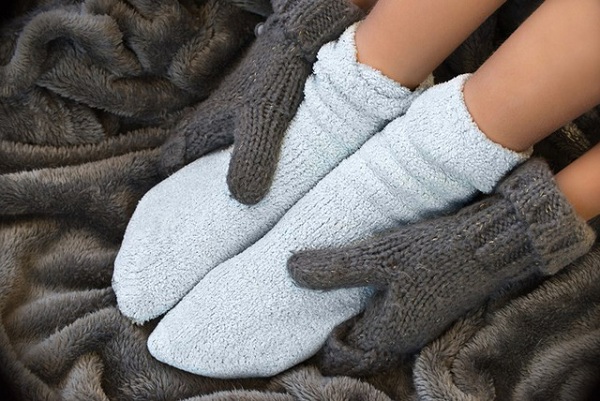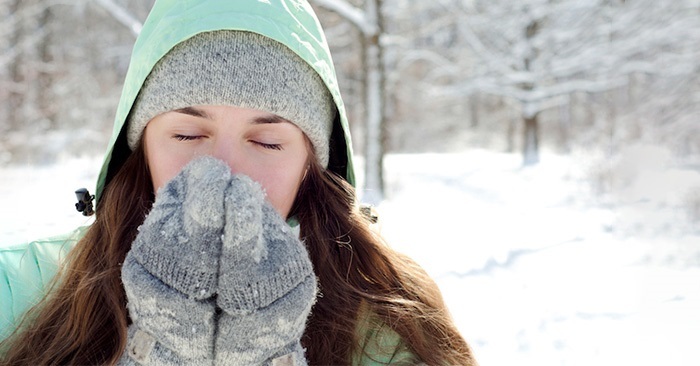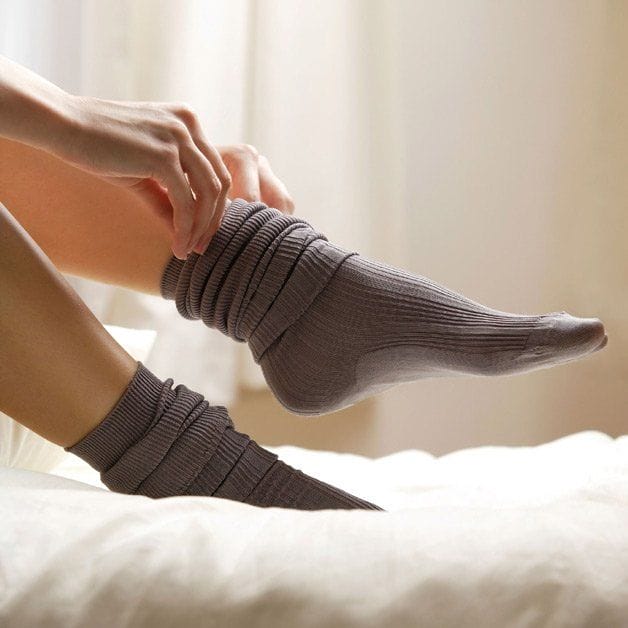In our previous article, we discussed why it’s important to keep your feet warm at night. In this article, we’ll share some additional tips to help you stay warm during the colder months.
Our hands and feet are peripheral parts of our bodies, and as such, they tend to have a lower temperature than other parts. This is why many people experience cold hands and feet during cold weather, even when the rest of their body is warm under the blankets.
According to doctors, for most people, cold hands and feet during cold weather are not a cause for concern. Simple measures, such as keeping your hands and feet warm, can help.
Here’s what Professor Jim Cotter from the University of Otago has to say on the matter:
“Feet do play a significant role in regulating body temperature, especially during sleep.
For some reason, our feet help maintain a stable body temperature.
Like our hands, our feet have a large surface area and unique blood vessels that open up to let large volumes of blood flow through, causing them to heat up quickly when needed. When not needed, these blood vessels constrict.
If they get too cold, our feet will activate pain receptors, causing discomfort.
This, combined with the fact that our hands and feet are at the ends of our limbs and lack muscles (which produce heat), means that their temperature drops faster than other parts of the body.
However, we can almost voluntarily change the temperature of our feet through the use of special nerves controlled by a thermostat in our brain, thus accurately adjusting our body temperature.
As for the feeling of instant warmth when putting on socks, it’s more of a sensation than a reality, although in some cases, it might be true.

If your feet get too cold, they will activate pain receptors, causing discomfort. So, warming your feet can bring clear benefits.
This is also related to the saying, “If you’re cold, put on a hat.” Our head loses a lot of heat when we’re cold, and it can’t retain heat indefinitely.
Our comfort with the current temperature is also important. Wearing a hat provides a significant benefit, both in terms of sensation and reality, as it also prevents the thermostat from blocking blood flow to the feet, making them feel warmer and more comfortable.”

Here are some tips to keep your hands and feet warm during the cold season:
– Always keep your hands and feet warm: In cold weather, pay special attention to keeping your hands and feet warm, especially your feet. Wear socks, gloves, and absorbent cotton gloves.
Minimize contact with cold environments, cold drinks, and avoid walking barefoot or in direct contact with cold water or floors.
– Soak in warm water before bed: Soaking your hands and feet in warm water mixed with a little salt for 10 to 15 minutes before going to bed is an effective way to keep them warm and promote blood circulation.
You can also add a few drops of chamomile or lavender essential oil to the water to help improve blood circulation. Then, quickly dry them with a soft towel and apply moisturizing cream to ensure a good night’s sleep.
Note that you should not wear tight socks, gloves, or clothes as this will hinder blood circulation.
According to Phunutoday



































